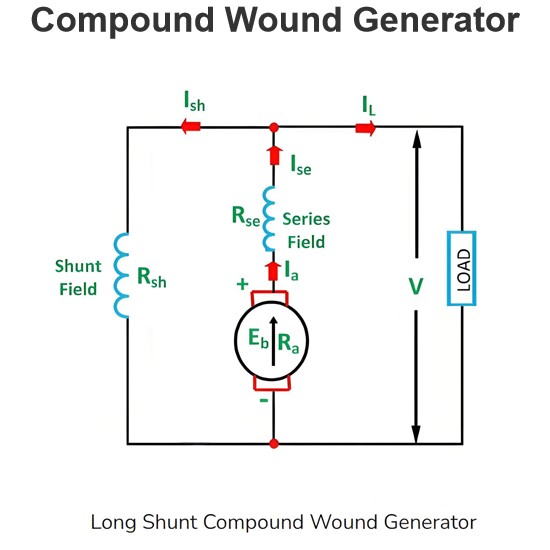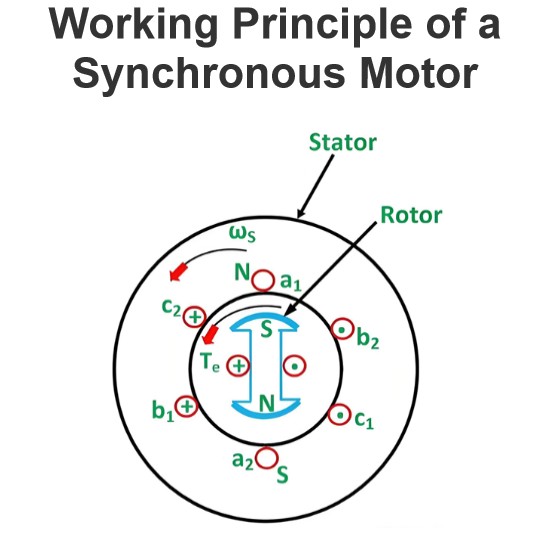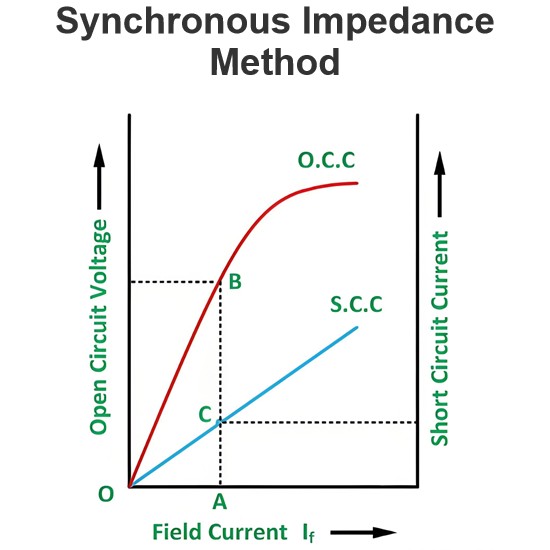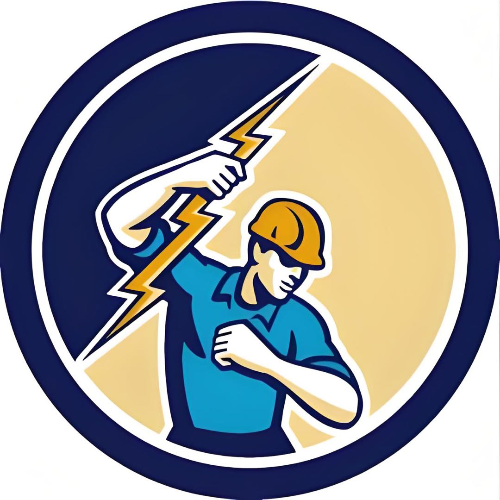Three-phase asynchronous motor jogging forward and reverse secondary control circuit
Three-phase asynchronous motor jogging forward and reverse secondary control circuit
Physical wiring diagram
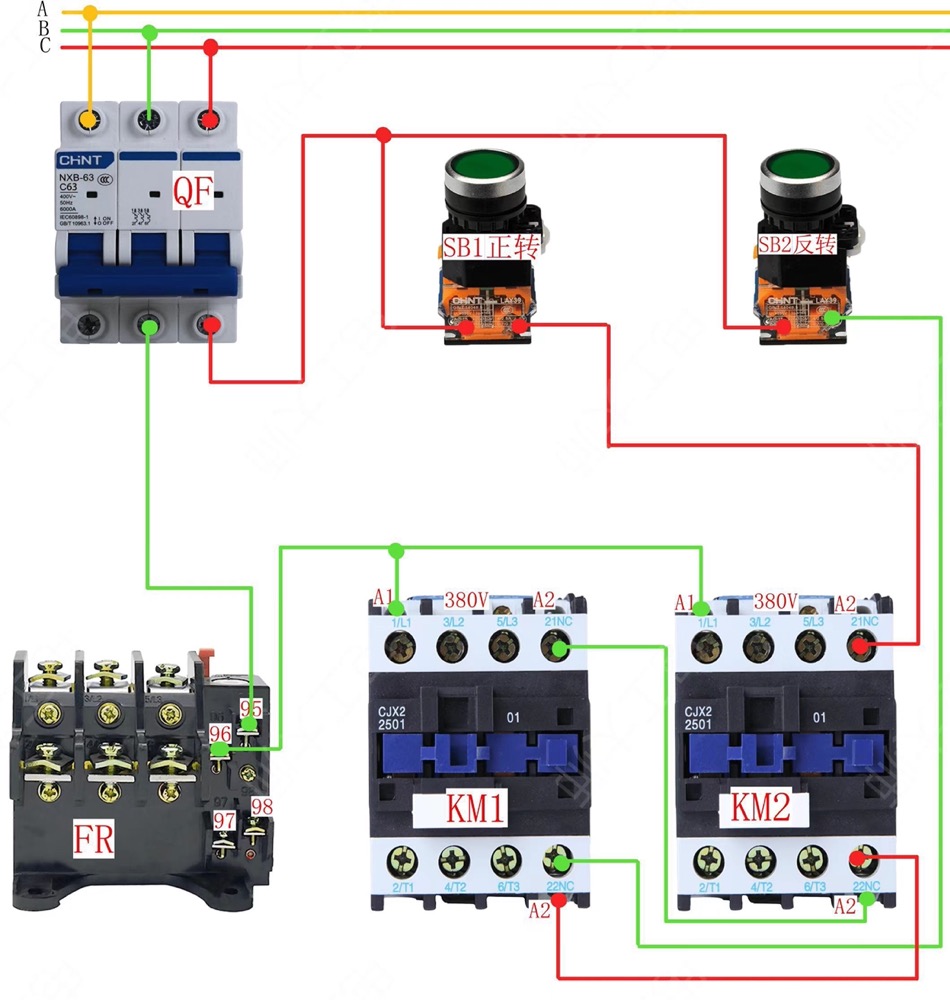
Circuit diagram
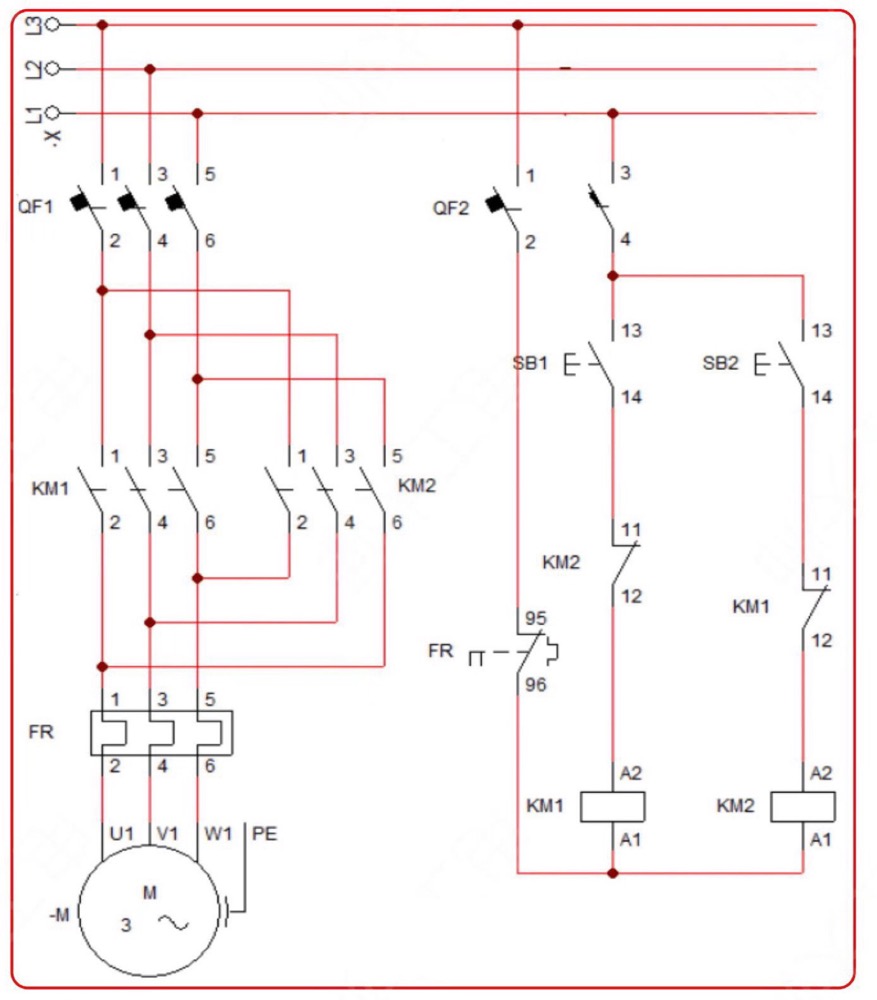
Working Principle:
After closing the circuit breaker QF to connect the power supply, when the SB1 start button is pressed, the current passes through the normally closed point of KM2 to supply power to the KM1 coil, causing the main contact of KM1 to close and the motor to run forward. Once the SB1 button is released, the motor stops immediately.
During the forward rotation of the motor, if the SB2 reverse start button is pressed, KM2 will not be energized. This is because the normally closed point of KM1 is connected in series in the control circuit of KM2, so the KM2 reverse contactor cannot be started when the motor is rotating forward. Only by first releasing the SB1 stop button to stop the forward KM1 AC contactor from being energized, and then pressing SB2, can KM2 work and the motor thus rotates in reverse.
Similarly, when the motor is reversing, if the SB1 forward start button is pressed, KM1 will not be energized. This is because the normally closed point of KM2 is connected in series in the control circuit of KM1, so the KM1 forward contactor cannot be started when the motor is reversing.
We aim to gather electrical knowledge and share it with others.
